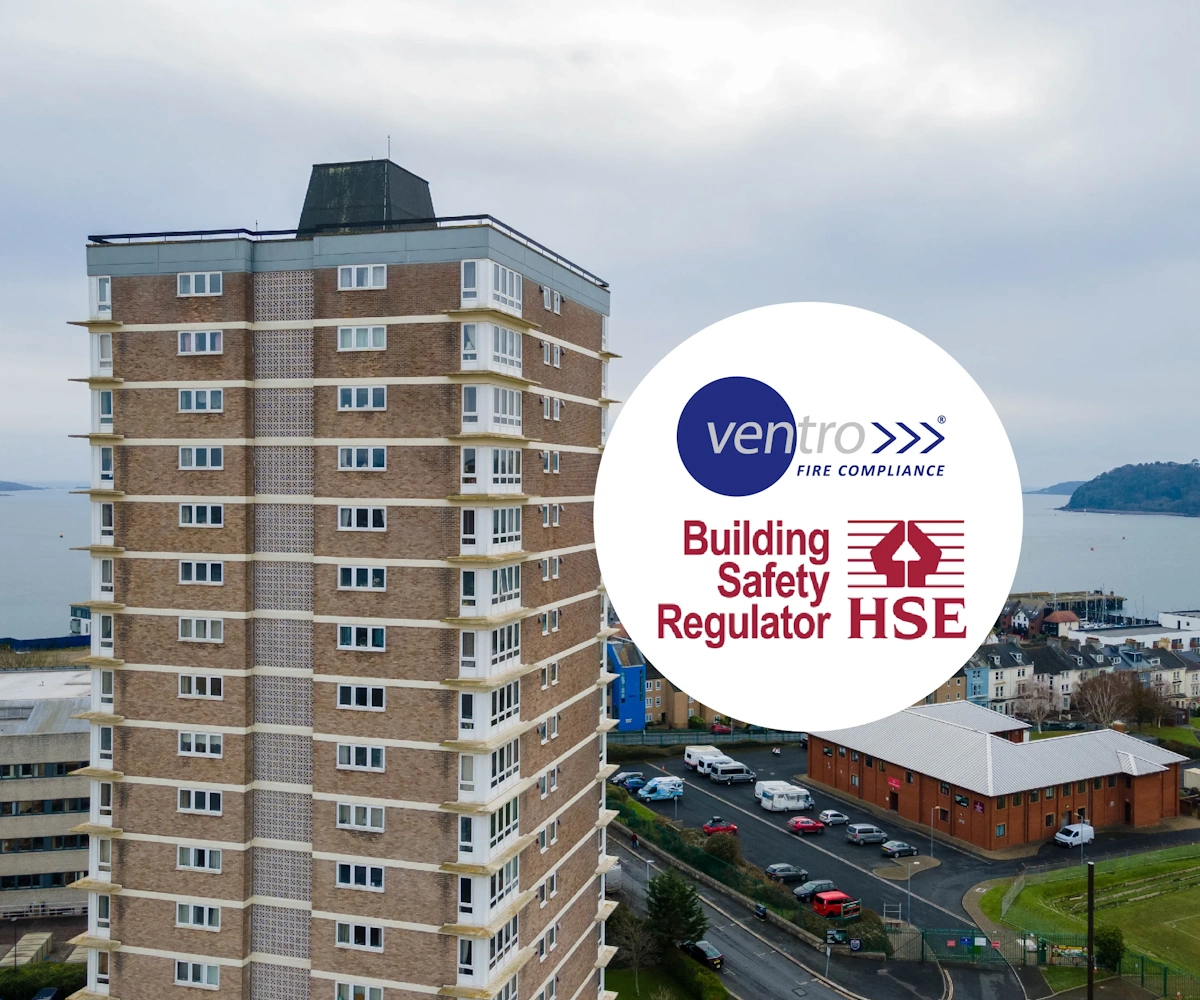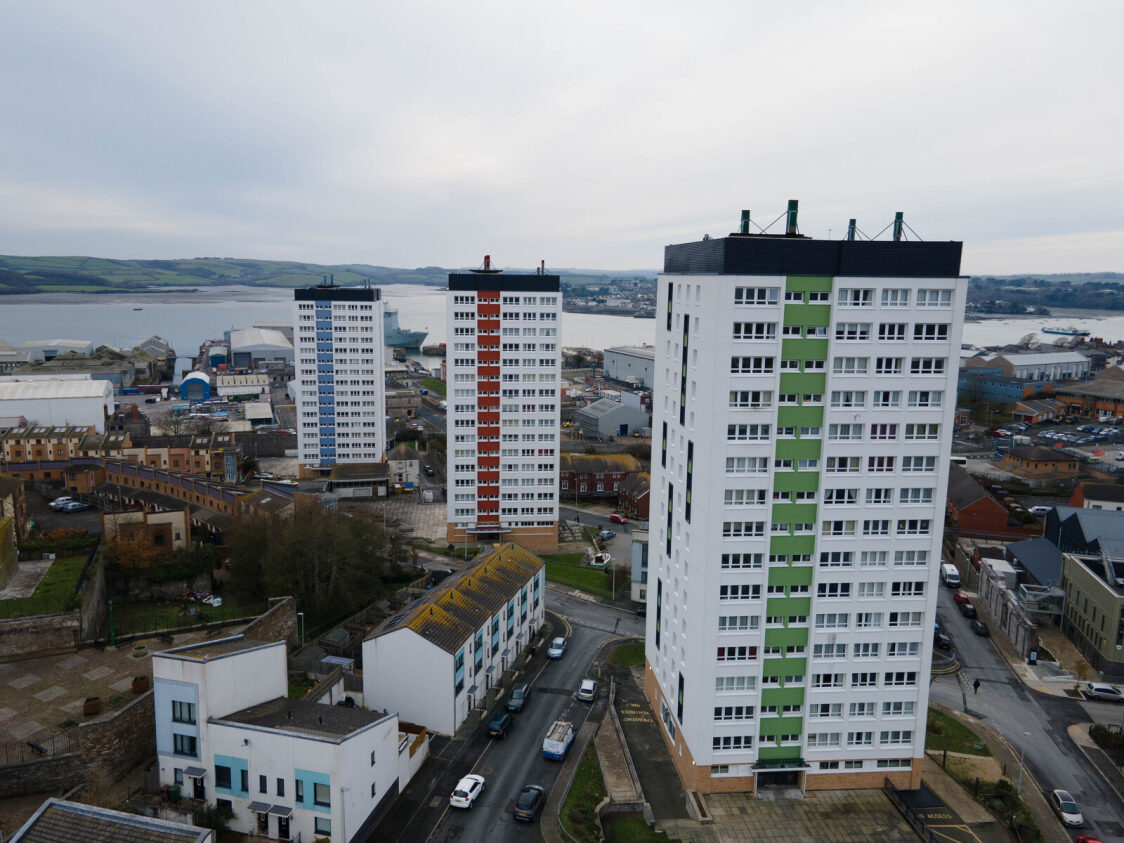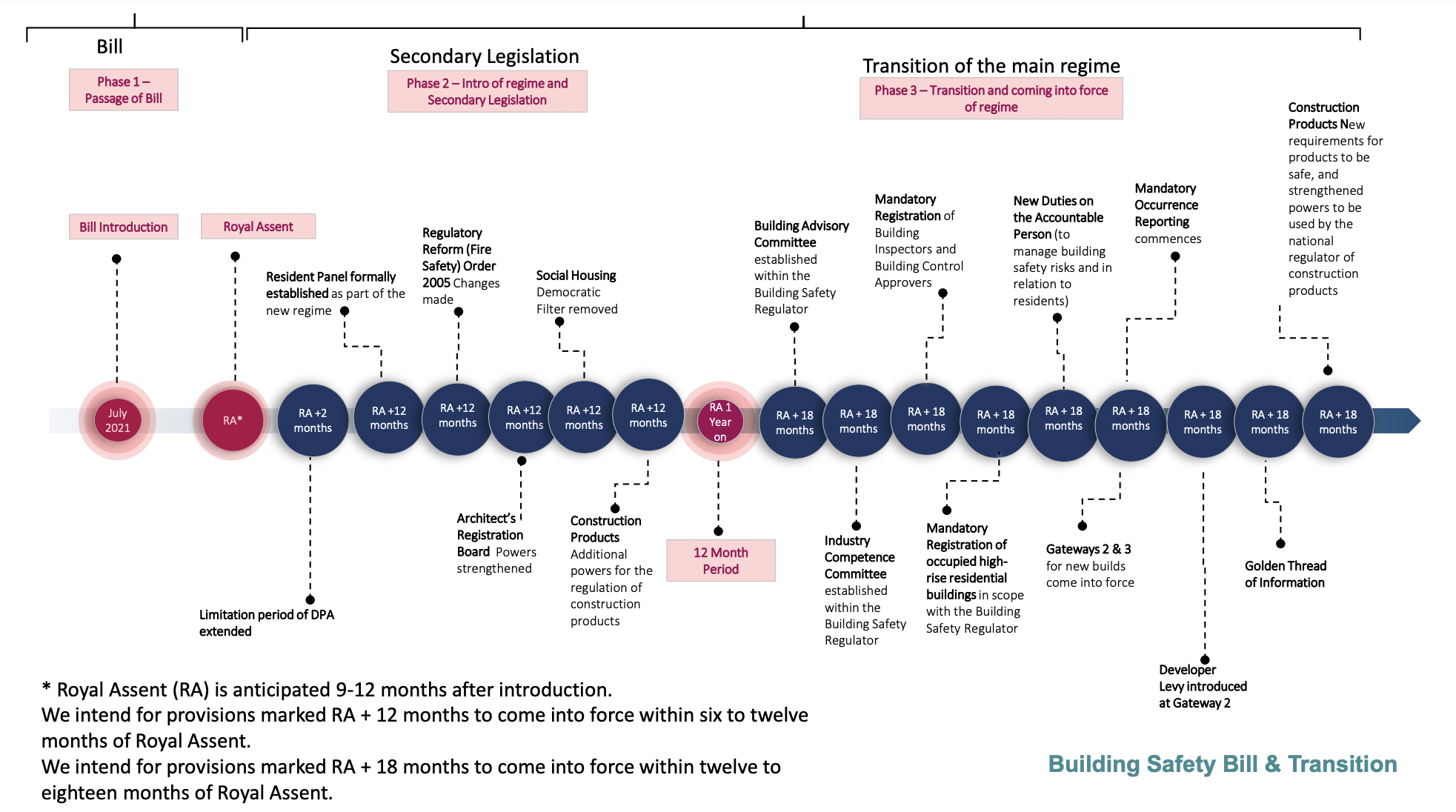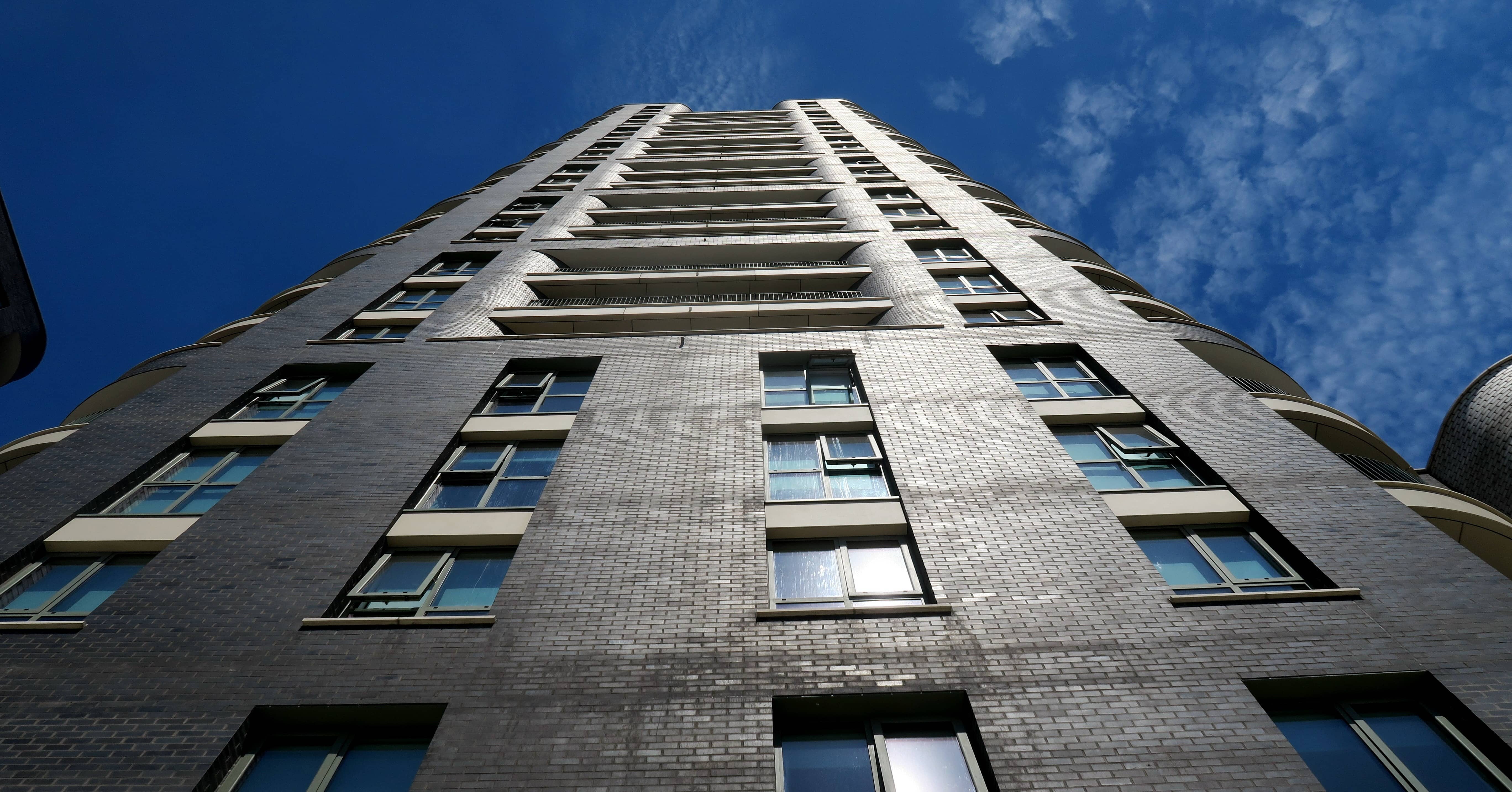Q&A with Josh Paulin from the Building Safety Regulator

Throughout 2024, Ventro has hosted quarterly, industry-leading webinars on key topics. In our October 2024 session, titled "Fire Safety Insights: Building Control, Procurement Law, and the Grenfell Inquiry," we had the privilege of featuring Josh Paulin from the Building Safety Regulator (BSR). Josh delivered an outstanding presentation covering the latest updates introduced by the Building Safety Act, with a particular focus on the BSR’s building control functions and common issues encountered in Gateway applications. While we couldn’t address all questions in detail during the live event, we’re grateful that Josh took the time to answer the remaining queries. You can find his responses below.
 Josh Paulin
Josh Paulin
Operational Policy Advisor, Building Safety Regulator
Josh Paulin has worked in operational policy and operational delivery for a number of years. Having originally trained as a scientist, he has worked within the NHS, in public policy for the New Zealand Government, before joining the Building Safety Regulator (BSR) as an Operational Policy Advisor in 2023.
Within BSR he has worked on resident engagement policy for the in-occupation team, focusing on helping industry understand the new resident engagement duties introduced by the Building Safety Act. Now as a member of the building control team he helps BSR’s operational teams with interpretation of the legislation and regulations, and regularly engages with industry to help inform about expectations within the new regulator.
Q1: Is having a fire strategy for HRBs a legal requirement?
It depends on what you mean by fire strategy, but there are various legal requirements within a HRB. Examples include the need for building work within a HRB to meet the functional requirements of Part B of the Building Regulations, and for building control approval applications to provide documents such as a fire and emergency file as part of the application. Furthermore, as part of the Building Assessment Certificate process under Part 4 of the Building Safety Act, Principle Accountable Persons would be expected to articulate how they manage any building safety risks, including the risk of spread of fire, within a HRB. All of these would reference and potentially include details of the fire strategy for the HRB.
Q2: Aware many are attempting to use "Emergency Repairs" route to start work prior to gaining approval, what is the BSR BC stance regarding this?
As discussed in the webinar, Regulation 10 of The Building (Higher-Risk Buildings Procedures)(England) Regulations 2023 allows for emergency repairs that meets the definition of building work to take place prior to building control approval being received, if the emergency repairs is needed as a matter of urgency and not doing so would be a risk to health, safety or welfare of persons in or around the building. It is not intended as a route to circumvent the building control process. An important consideration when considering whether work would count as an emergency repair under regulation 10, is whether the risk can be adequately managed while going through the normal building control process.
If regulation 10 is used, then BSR needs to be notified that emergency repairs are taking place, and a regularization application needs to be made to BSR once the works are carried out. BSR will review the appropriateness of the use of regulation 10 at both of these points.
Q3: Can a Class 3G RBI work / take the lead on an HRB job under supervision of his/her line manager who is Class 3 cat H?
Another team in BSR would be best placed to give you a full answer on this, if you could use Contact the Building Safety Regulator - GOV.UK your query will be passed to the right team.
Q4: Could you please briefly talk about the process for Cat B works since >50% of the applications fall into this category? How does it differ from the Cat A process?
The application process for Cat A and Cat B works are the same, an application has to be made as per Regulation 12 of The Building (Higher-Risk Buildings Procedures) (England) Regulations 2023. The documentation required to be submitted differs however and is outlined in the above regulation.
Q5: Are there any plans to review differentiating between new build and existing HRB gateway applications?
New build and occupied HRB building control applications come through the same portal and are processed by the same operational teams. There are currently no plans to review or change this.
Q6: There is the blue MOR ribbon at the top of the slide. Could you talk through the relationship between the MORs and the works.
Please see this guidance (Operating a mandatory occurrence reporting system - GOV.UK) for a detailed answer.
Q7: Can you explain Cat A/B again please?
Category A and Category B works refer to building work in an occupied HRB and refer to the type of work taking place. More substantial works will often class as Category A (such as work affecting the active or passive fire safety measures in the HRB), with more minor work being likely to be Category B. Please see Regulation 12 of The Building (Higher-Risk Buildings Procedures) (England) Regulations 2023 for a full definition.
Q8: Would the BSR consider third party certification similar to GasSafe for fire doors so that we can install them without making and application?
BSR welcomes competent persons schemes to be used for building work where appropriate to do so, but we are unaware of any that would cover work to fire doors in HRBs. If one was to be set up that would cover this work, then we would treat it in the same way as any competent person scheme work.

Q9: I was under the impression that RBI's were not permitted to give advice?
It would depend upon who they are advising.
BSR has duties as a Building Control Authority (BCA), and in discharging its’ duty as the BCA, BSR will appoint a multi-disciplinary team to provide support in reaching a determination. A RBI registered to the right classification with BSR and competent for the work, is able to undertake restricted activities and advise on restricted functions. The regulator must seek the advice of an RBI before undertaking a restricted function.
If you are referring to duties under Part 2 of The Building Regulations 2010, then yes, if the RBI provides advice to an applicant that could meet the definition of “design work” then they would have the legal duties of a designer.
Q10: The HRB procedures state that Notification of emergency repairs to existing HRB, “emergency repairs” means repairs to a building which are necessary to be carried out as a matter of urgency due to the risk to health, safety or welfare of persons in or about the building;" but must be followed in line with paragraph (1). If upon submitting the application post work or as soon as possible after and gets declined, what are the next steps POST work being undertaken.
If the regularisation application for the work carried out as emergency repairs is rejected for any reason, then a normal building control approval application may be required if additional building work is needed to be carried out, or another regularization application may be required to cover the emergency works. It would depend on the case, and BSR would possibly meet with you to discuss the best next steps.
Q11: The FIA recently found that with Gateway Applications only 10% last year had been approved. For Resident Safety, is there anything that can be done to improve this?
As discussed in the webinar, the overwhelming reason building control applications are being rejected is because they do not contain enough information for BSR to make an assessment on the application. We are engaging with applicants (by having webinars such as this for example) to try and help improve applications to counter this. Also considering resident safety, the Part 4 duties under the Building Safety Act mean that the Principle Accountable Person for a HRB need to apply for a Building Assessment Certificate to in part, show how they manage building safety risks in their building. Therefore, there are multiple regimes trying to improve resident safety.
-2.png?width=1025&height=539&name=image%20(2)-2.png)
Q12: Is the decision not to provide pre-application advice in anyway connected with a lack of building control competence in the Regulatory Leads and Principal Regulatory Leads assessing the applications?
The decision to not provide pre-application advice is based on the recommendations of the Independent Review of Building Regulations and Fire Safety: Hackitt review.
Q13: We have a project that we are unsure if this trigger building control notification, it is a BMS upgrade project. The building is an HRB. Where can we obtain advice if an application is required?
The best place to start is ascertaining whether the proposed project, or any part of the proposed project, meets the definition of building work as defined in Regulation 3 of The Building Regulations 2010. In making this judgement, we would always suggest seeking professional advice.
Q14: Why won't the BSR use private RBI's and just LABC, which would assist in reducing backlog?
BSR has the ability to use any RBIs irrespective of their employer, when forming an MDT. Multiple factors are being worked on to improve our application processing times.
Q15: Is the BSR intending to focus / expedite in some way applications for cladding remediation works?
Cladding remediating works are being prioritised.
Q16: Category A work includes "affects the passive fire safety measures". would the drilling of a cable hole for a door bell be Cat A work as it affects the passive measures?
If building work affects passive fire stopping measures such as the internal fire stopping, then it is possible this would count as building work and need a building control application. As you state, if it affects passive fire safety measures then it could classify as Category A work. It would be best to seek professional advice to help determine if the work you intend to carry out would count as building work.
Q17: Category A work includes "affects the passive fire safety measures". would the drilling of a cable hole for a door bell be Cat A work as it affects the passive measures?
If building work affects passive fire stopping measures such as the internal fire stopping, then it is possible this would count as building work and need a building control application. As you state, if it affects passive fire safety measures then it could classify as Category A work. It would be best to seek professional advice to help determine if the work you intend to carry out would count as building work.
Q18: What is the average time that is taking for Gateway 3?
I cannot give a figure for the average Gateway 3 processing time unfortunately.
Q19: A tribunal recently stated that Roof gardens should count as a separate storey which will in turn pull in more existing buildings into scope. With the regulator being so busy, is there a strategy for this in place and can you confirm whether these changes will come into effect?
BSR is aware of this tribunal outcome, and we are taking necessary steps to establish the effects this could have on BSR and its operations.
Q20: You mentioned proportionality on cat B works – there was a discussion in one of my peer groups about whether replacing a fire door in an HRB would require us to get in touch with you – can you clarify?
Fire doors play an integral part in passive fire stopping within a building. BSR considers the full replacement of a fire door to be building work and requires a building control application.
Q21: How do the BSR timelines align with FRS enforcement notices? We are being advised 18 weeks for approval, leading to these Emergency notifications to proceed with works.
BSR works closely with partner regulators including the FRS, but we are bound by the legislations and regulations and must follow these processes when assessing building control approval applications.
Q22: Does the BSR plan to provide more detailed guidance to residents on what their responsibilities are under the building control process for works within their residencies that are within an HRB?
BSR recently ran a residents' campaign (Your home, your safety - Making Buildings Safer) which provides some information on residents' duties, and we are working with the Ministry of Housing, Communities and Local Government to develop further guidance for residents to help understand their responsibilities when carrying out building work in their properties.
-2.png?width=1026&height=554&name=image%20(1)-2.png)
Q23: I have sign off on Gateway 2 for 2 extra bedrooms made out of store rooms within 300 bed properties, this is an occupied property, but I still have to wait 8-10 weeks for Gateway 3, will this be looked at?
Both the building control approval (Gateway 2) and completion certificate applications (Gateway 3) processes are integral to how BSR carries out its function as a Building Control Authority in HRBs.
Q24: If we are changing lighting, including Emergency Lighting, to LED, would this constitute an application? We are struggling to ascertain if this would fall under the categories....we're not changing location, not changing the positioning, but ...?
The central question is whether the work you are planning to carry out would meet the definition of building work as defined in Regulation 3 of the Building Regulations 2010. If so, then a building control approval application would be required, unless the work is exempt work (as defined in Schedule 2 of The Building (Higher-Risk Buildings Procedures) (England) Regulations 2023) or wholly scheme work (as defined in Schedule 3 of the Building Regulations 2010). It is worth noting that minor repairs, such as replacing light bulbs, are unlikely to meet the definition of building work, but it is possible replacing whole emergency lighting systems could count. As always, seeking professional advice is advised.
Q25: Our project of replacing upgrading fire alarm being passed from LABC onto BSR and no responses?
Please use the Contact the Building Safety Regulator - GOV.UK service, for this to be looked into.
Q26: Would that be the case for repairs to fire doors for example or upgrade to fire alarm and detection?
I’m not sure what this question is specifically referring to, but please see previous answers on fire doors, and how to determine whether a building control approval application is required.
Q27: There are a few grey areas in respect of measuring a building height. When the BSR have been asked, they have stated 'refer to guidance'. We have 3 height verification reports stating different things. Should the BSR have a resident engagement department?
BSR does have a resident engagement team, and if you use the Contact the Building Safety Regulator - GOV.UK service, this team should be able to look into this further.
Q28: Follow up to Emergency Repair Question - What is the consequence, if at Regularisation Certificate review, it is not deemed an emergency?
A lot would come down to perceived intent. We want people to use the emergency repair process when appropriate. If the case is reviewed and not deemed an emergency, then we would engage with the applicant to determine the next steps, but it is an offence under section 35 of The Building Act to contravene building regulations.
Q29: If we are replacing a fire door like for like, would you expect a full building application? We have thousands of doors and have found this means the door is waiting longer to be fixed (which means the customers are not as safe as it could be).
Please see previous answer regarding fire doors.
Q30: Could any form of minor work such as stripping's be done before or whilst a gateway 2 application is in progress?
Again, the central question would be whether the additional works met the definition of building work as defined in Regulation 3 of the Building Regulations 2010. But it is worth noting that it is an offence to carry out building work prior to a building control approval application being approved.
We’d like to extend our sincere thanks to each of our key speakers for their insights during the webinar, and a special thank you to Josh for taking the time to respond to all the unanswered questions.
Be sure to sign up for updates on our upcoming webinars here, and if you have any questions about the topics covered in this Q&A, feel free to reach out below. One of our fire safety consultants will be happy to assist you.
Sign up for fire safety updates
You'll receive all the latest news and blogs straight to your inbox.





